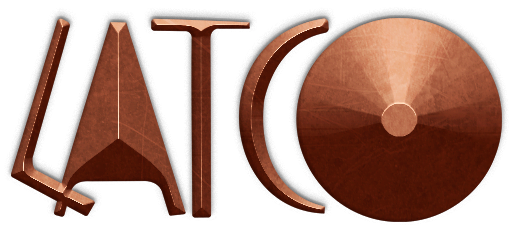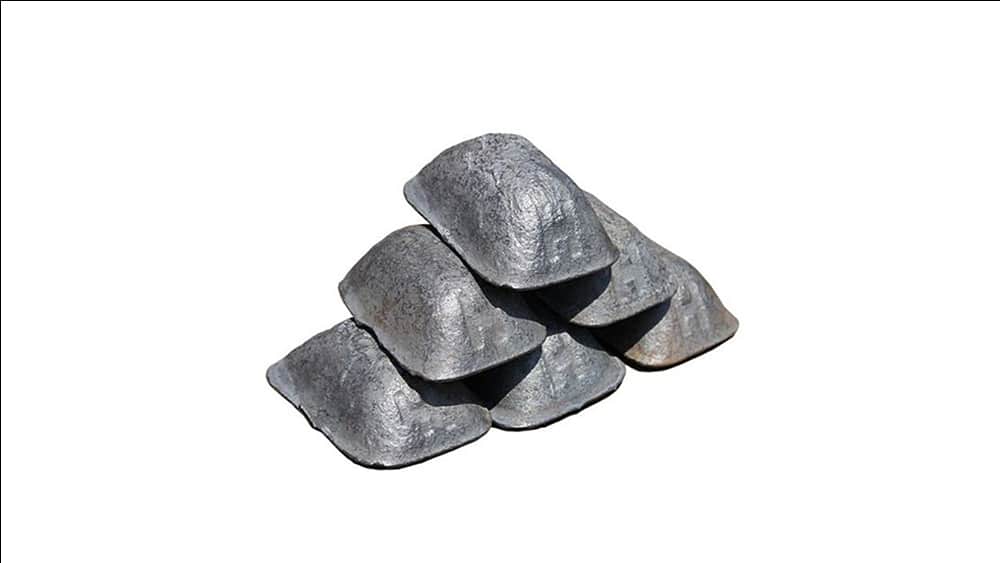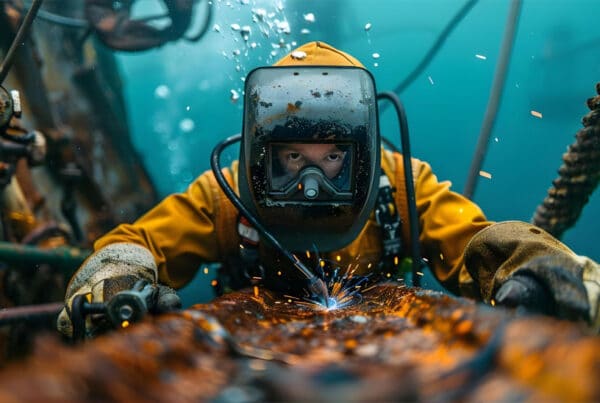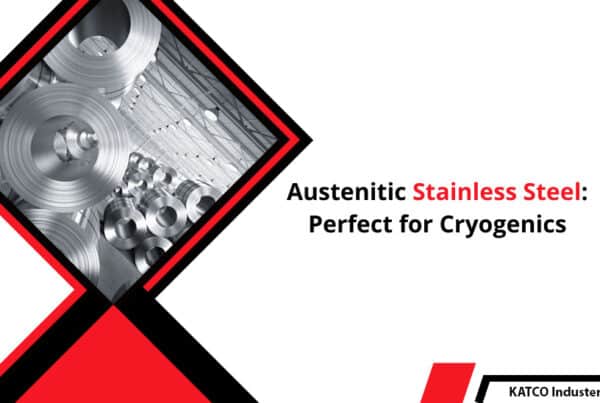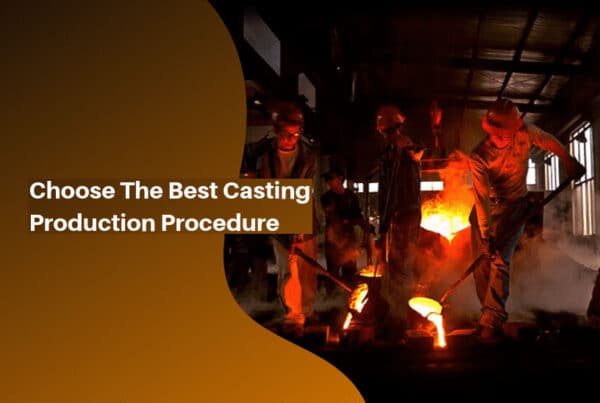The graphite in the gray cast iron structure is in the form of flakes, and the graphite in the spheroidal graphite cast iron structure is in the form of spherulites.
If the spheroidal graphite cast iron has a sound similar to that of carbon steel, it means that the spheroidization rate of the spheroidal graphite cast iron is relatively high.
And the sound of gray iron percussion sounds dull. From the appearance of the fracture (not the machined surface), ductile iron and gray iron can be easily distinguished.
Observed by naked eyes, the crystal grains of the gray iron fracture are relatively coarse, gray-white, and the crystal surface has metallic light. The fracture crystal grains of ductile iron are very small, black-gray.
If the spheroidization rate is high, there is almost no metallic luster. If there is whitish luster, the general situation is that white mouth tissue appears.
In terms of smelting method, nodular iron is added with inoculant and spheroidizing agent to gray iron during smelting to make graphite change from dispersed flocculent to spherical, in order to reduce the fragmentation of ferrite and increase the strength.

The difference in the structure of gray iron and ductile cast iron leads to huge differences in their properties. The strength and plasticity of gray cast iron castings are low.
This is because the flake graphite splits the matrix and causes stress concentration. At the same time, gray iron castings are brittle and have good vibration damping properties.
Therefore, gray iron is mainly used to produce various boxes and bases that have low strength requirements and mainly bear compressive stress.
For spheroidal graphite cast iron castings, the spheroidal graphite has the lowest cracking effect on the matrix, and the stress concentration is the smallest, so its strength is very high, which can be comparable to medium carbon steel.
At the same time, ductile cast iron can give full play to the performance of the matrix, and has a certain degree of plasticity and good toughness.
Moreover, the casting performance of ductile iron is better than that of medium carbon steel. Therefore, ductile cast iron is often used to produce parts with high toughness requirements and complex shapes, such as internal combustion engine crankshafts, connecting rods, and so on.
Nodular cast iron can generally be strengthened by heat treatment, while gray cast iron generally cannot be strengthened by heat treatment due to the influence of flake graphite.
| Ductile Iron Comparison | Chemical Composition(%) | Matrix Structure | |||||||||
| China Grade | ASTM A536 | EN 1563:-1997 | C | Si | Mn | P | S | Mg | Re | others | |
| QT400-18 | 60-40-18① F32800 | GJS-400-18 | 3.6-3.8 | 2.3-2.7 | <0.5 | <0.08 | <0.025 | 0.03-0.05 | 0.02-0.03 | — | Annealed Ferrite |
| QT400-15 | 60-42-10 F32900 | GJS-400-15 | 3.5-3.6 | 3.0-3.2 | <0.5 | <0.07 | <0.02 | 0.04 | 0.02 | — | Annealed Ferrite |
| QT450-10 | 65-45-12 F33100 | GJS-450-10 | 3.4-3.9 | 2.7-3.0 | 0.2-0.5 | <0.07 | <0.03 | 0.06-0.1 | 0.03-0.1 | — | Annealed Ferrite |
| QT500-7 | 70-50-05 | GJS-500-7 | 3.6-3.8 | 2.5-2.9 | <0.6 | <0.08 | <0.025 | 0.03-0.05 | 0.03-0.05 | — | Pearlite + Ferrite |
| QT600-3 | 80-60-03② F34100 | GJS-600-3 | 3.6-3.8 | 2.0-2.4 | 0.5-0.7 | <0.08 | <0.025 | 0.035-0.05 | 0.025-0.045 | — | Normalized Pearlite |
| QT700-2 | 100-70-03 F34800 | GJS-700-2 | 3.7-4.0 | 2.3-2.6 | 0.5-0.8 | <0.08 | <0.02 | 0.035-0.065 | 0.035-0.065 | Mo0.15-0.4 Cu0.4-0.8 | Mix Microstructure |
| QT800-2 | – | GJS-800-2 | 3.7-4.0 | <2.5 | <0.5 | <0.07 | <0.03 | — | — | Mo0.39 Cu0.82 | Mix Microstructure |
| QT900-2 | 120-90-02 F36200 | GJS-900-2 | 3.5-3.7 | 2.7-3.0 | <0.5 | <0.08 | <0.025 | 0.03-0.05 | 0.025-0.045 | Mo0.15-0.25 Cu0.5-0.7 | Lower Bainite |
| ① from ASTM A716-2003. ② from ASTM A476/A476M-2000。 | |||||||||||
Nodular cast iron has an absolute advantage in strength. The tensile strength and yield strength of ductile iron castings are much higher than gray iron castings.
The tensile strength range of gray cast iron is 100-350 MPa, while the tensile strength range of ductile iron is 350-700 MPa.
Ductile cast iron also has requirements for elongation, while gray cast iron has few requirements in this regard.
The strength ratio of ductile iron is much better than that of cast iron. Nodular cast iron is the same as cast iron in terms of corrosion resistance.
| Mechanical Properties of Gray Cast Iron | |||||||
| Item according to DIN EN 1561 | Measure | Unit | EN-GJL-150 | EN-GJL-200 | EN-GJL-250 | EN-GJL-300 | EN-GJL-350 |
| EN-JL 1020 | EN-JL 1030 | EN-JL 1040 | EN-JL 1050 | EN-JL 1060 | |||
| Tensile Strength | Rm | MPA | 150-250 | 200-300 | 250-350 | 300-400 | 350-450 |
| 0.1% Yield Strength | Rp0,1 | MPA | 98-165 | 130-195 | 165-228 | 195-260 | 228-285 |
| Elongation Strength | A | % | 0,3 – 0,8 | 0,3 – 0,8 | 0,3 – 0,8 | 0,3 – 0,8 | 0,3 – 0,8 |
| Compressive Strength | σdB | MPa | 600 | 720 | 840 | 960 | 1080 |
| 0,1% Compressive Strength | σd0,1 | MPa | 195 | 260 | 325 | 390 | 455 |
| Flexural Strength | σbB | MPa | 250 | 290 | 340 | 390 | 490 |
| Schuifspanning | σaB | MPa | 170 | 230 | 290 | 345 | 400 |
| Shear Stress | TtB | MPa | 170 | 230 | 290 | 345 | 400 |
| Modules of elasticity | E | GPa | 78 – 103 | 88 – 113 | 103 – 118 | 108 – 137 | 123 – 143 |
| Poisson number | v | – | 0,26 | 0,26 | 0,26 | 0,26 | 0,26 |
| Brinell hardness | HB | 160 – 190 | 180 – 220 | 190 – 230 | 200 – 240 | 210 – 250 | |
| Ductility | σbW | MPa | 70 | 90 | 120 | 140 | 145 |
| Tension and pressure change | σzdW | MPa | 40 | 50 | 60 | 75 | 85 |
| Breaking Strength | Klc | N/mm3/2 | 320 | 400 | 480 | 560 | 650 |
| Density | g/cm3 | 7,10 | 7,15 | 7,20 | 7,25 | 7,30 | |
The strength of ductile iron is comparable to that of cast steel. Nodular cast iron has a higher yield strength. In most municipal applications, such as water, salt water, steam, etc., the corrosion resistance and oxidation resistance of ductile iron exceed those of cast steel.
Due to the nodular graphite microstructure of nodular cast iron, nodular cast iron is better than cast steel in terms of reducing vibration ability, so it is more conducive to reducing stress.
Nodular cast iron is called the “best in the two worlds” metal, which means that nodular cast iron has the strength of cast steel and the excellent corrosion resistance of cast iron.
The cost difference between cast iron and ductile iron castings is $ 500 per ton.
